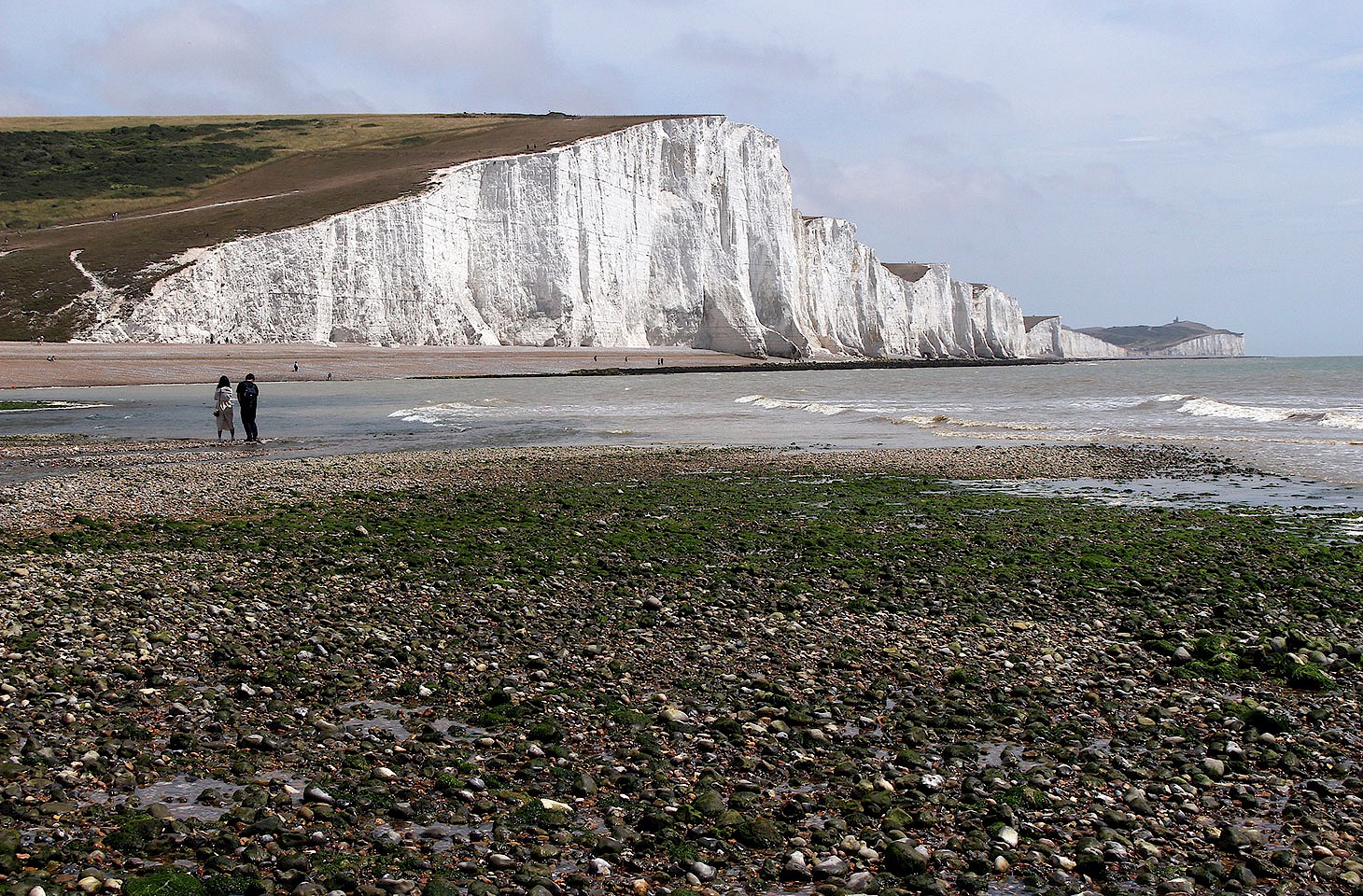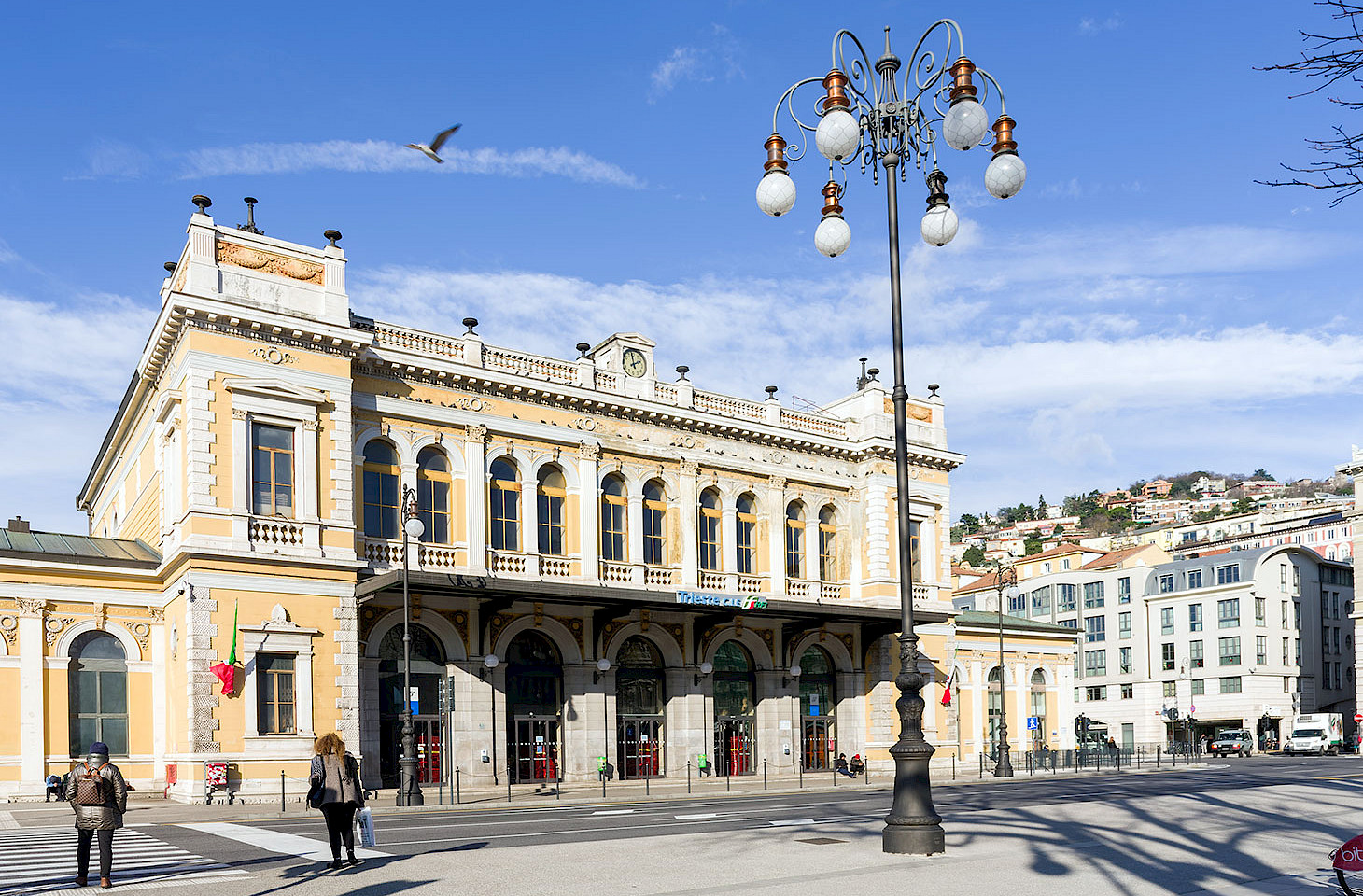Living and working in Berlin, we know a thing or two about walls. Berlin was of course divided in two by a wall for almost three decades. That wall was built, as we all know, purely for the purpose of protecting the East German state against meddling interference by the aggressive West. The East German government called their wall the Antifaschistischer Schutzwall — the Anti-Fascist Protective Rampart, which was a trumped-up name for an ugly piece of concrete. Anyway, the Berlin Wall did a sterling job in keeping the barbarians at bay and everyone looked forward to the great anniversaries recalling the construction of the glorious rampart. The Kampfgruppen der Arbeiterklasse (Combat Groups of the Working Class) always put on a splendid show for those anniversaries. The regime used state-of-the-art Communist technology to give perfectly accurate figures for the size of the crowds who turned out to rejoice at the success of the Berlin Wall.
hidden europe 51
#AlternativeFacts: Keeping the Barbarians at Bay
by Nicky Gardner
Summary
Laurence Mitchell introduces us to the many ways in which flint has shaped the cultural landscape of East Anglia. The distinctive stone that glistens in fields and is ground by the tides on the region’s beaches is used in many of East Anglia’s fine churches. Flint inflects the region’s history.
Paul Scraton reflects on the appeal of railway stations as places to linger. Stop for a coffee and reflect on past travels and future journeys. They are more than merely a place to change trains or buy a ticket.
Laurence Mitchell has been writing for hidden europe for many years and we are proud to present the full text of four of his articles on cultural border zones on our website. Enjoy reports from Georgia, Bulgaria and Tatarstan. All four pieces were originally published in print in hidden europe magazine.




